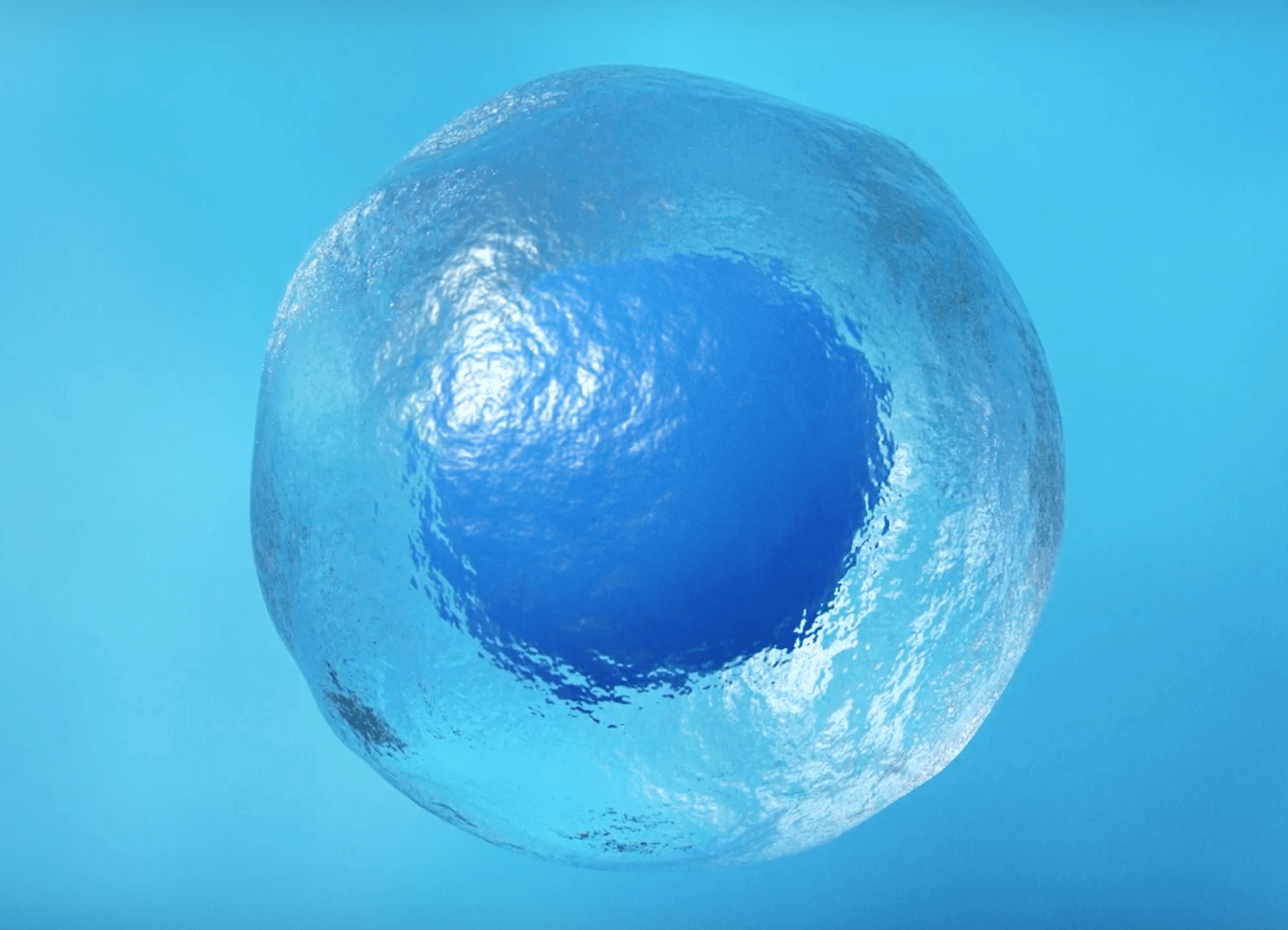
Helping patients with an acute spinal cord lesion by harvesting their stem cells as soon as possible, preferably while they’re still in the ER, and returning them filtered and “refreshed” within 24 hours. This is the very short version of the goal they have in mind at Neuroplast. Neuroplast has been based at the Brightlands Maastricht Health Campus since 2013. This company was started by initiators Hans de Munter and Erik Wolters and currently has 15 employees.
Several concepts have undergone review since 2013. Other colleagues based at the Brightlands Maastricht Health Campus also brainstormed to help complete the process: PathoFinder, Maastricht Instruments and Maastricht UMC+. Now the concept is ready to be tested during a clinical phase II/III trial. Hospitals in Copenhagen and Toledo are participating and if all goes well, Utrecht and a hospital in Germany will also join in. Scientific proof that the method is safe and does what it promises to do in the event of a spinal cord lesion is essential to the next steps. The product is ready and must be launched on the market as soon as possible, the founders say. This is why De Munter and Wolters, together with their team, are already working on marketing preparations. Other areas of application are also carefully being explored such as ALS, Parkinson’s disease and others.
Challenges
The path from idea to (near) launch on the market hasn’t exactly been an easy one for Neuroplast. The international legislation and regulations on stem cell transplants are – to put it mildly – rather nontransparent, inconsistent and often differ vastly from one country to the next. In Europe, both the legislation on stem cells as well as that applicable to medical devices has changed in recent years. The rules and procedures for getting approval for stem cell treatments are unusually strict, extremely lengthy and incredibly costly. And then there is the ethical discussion on stem cell treatments and particularly those related to embryonic and reprogrammed stem cells (iPS). There are considerable amounts being invested and there was and still is trouble ahead. “These are challenges! We have everything on our side, except the setbacks,” Hans de Munter says. “It’s still a stressful situation. In spite of this, the steadfast confidence also remains at Neuroplast that they have a solution for optimizing the stem cells of patients with a spinal cord lesion to such a degree that they can ultimately limit damage considerably. This is the goal and we are going to achieve it.”
“Total Concept”
Neuroplast offers hospitals a “total concept”: a mobile cell-processing unit (“clean room with equipment”), a kit for harvesting, filtering and returning the stem cells to the patient’s body, and a second kit for the necessary sterility tests. Doctors at the hospital quickly extract bone marrow and after reprocessing, the stem cells (“neuro-cells”) may be tested for a variety of pathogens including viruses, bacteria and fungi before being re-administered to the patient in a targeted fashion. The entire reprocessing process including testing only takes six hours. Based on quality considerations, Neuroplast uses a software platform to study the reprocessing and the results of the tests. After approval, neuro-cells containing the non-manipulated stem cells will be released to the attending physician in order to be administered to the patient.
A major additional benefit of the tests is that any bacteria, viruses or fungi are known before the stem cell preparation is given to the patient. This means that it is no longer necessary to prescribe prophylactic antibiotics, contributing further to efforts to use antibiotics wisely to prevent resistance.
[box] A few facts:
· In 60% of the cases, improvements are seen. These patients have regained the ability to breathe independently, use their arms again, and are no longer incontinent.
· The gains to be made are the highest if treatment is administered within three days of the occurrence of the acute spinal cord lesion; 90% of the damage is inflicted by the inflammatory reactions that arise within three days of the injury.
· By keeping the patient’s own stem cells in top condition (non-manipulation), infections may be slowed down, limiting the mass atrophy of the nerve tissue.[/box]

